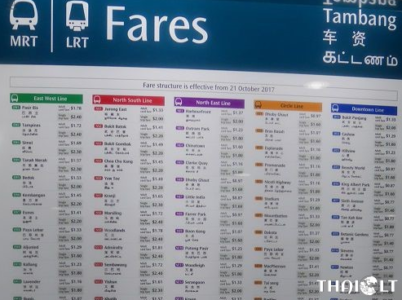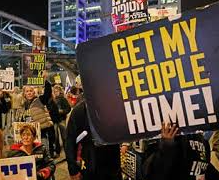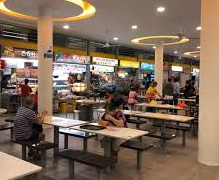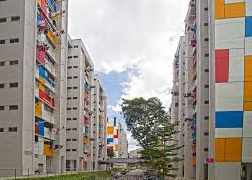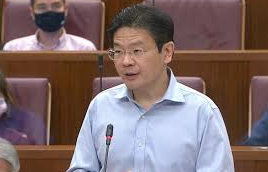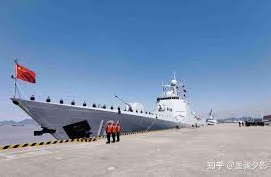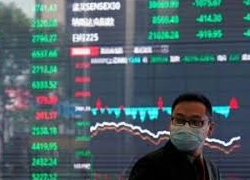An analysis of fare hikes, subsidies, and rising operational costs in Singapore’s public transport system.
SINGAPORE: With SBS Transit and SMRT Trains reporting robust profits, many commuters are questioning why public transport fares are set to rise. From Dec 23, bus and train fares will increase by up to 11 cents, prompting a heated discussion among Singaporeans.
In 2022, SBS Transit reported a S$68 million profit, up from S$51.6 million in 2021, while SMRT Trains saw its profits rise to S$42.5 million in 2023 from S$11.2 million in the previous year. Despite these earnings, the Public Transport Council (PTC) approved a seven percent fare hike, citing rising costs.
Why the Fare Hike?
Public transport operators originally applied for a 22.6 percent increase, justified by higher energy prices, inflation, and a competitive labor market. While eligible for the full adjustment under the PTC’s formula, the council sanctioned only a seven percent hike to balance affordability for commuters.
PTC Chair Janet Ang emphasized the necessity of the increase: “We seek commuters’ understanding that the fare hike is necessary to meet rising costs and provide better salaries and training for 22,000 public transport workers.”
However, the deferred 15.6 percent increase suggests that further hikes may follow.
Government Subsidies and Concessions
Public transport operators benefit significantly from government support, receiving over S$2 billion annually in subsidies. This year, an additional S$300 million was allocated to offset the reduced fare increase.
To ease the burden on specific groups, the government introduced or reduced the cost of monthly hybrid travel passes:
Low-wage workers: New pass priced at S$96 (S$32 less than the standard adult pass).
Seniors, national servicemen, students, and individuals with disabilities: Monthly pass prices reduced by up to 10 percent.
These adjustments are expected to benefit approximately 60,000 commuters.
Operators’ Contributions to the Public Transport Fund
Both SBS Transit and SMRT Trains are required to contribute part of their additional revenue to the Public Transport Fund. SBS Transit will contribute 15 percent and SMRT Trains 30 percent, amounting to S$15.85 million combined. These funds will provide transport vouchers to lower-income households.
Public Transport Network Expansion
The fare hike coincides with the expansion of Singapore’s public transport network. Recent developments include:
The Thomson-East Coast Line opening in January 2020.
Extensions to the North East Line, Circle Line, and Downtown Line.
New operators like Tower Transit and Go-Ahead Singapore entering the market.
Historical Context of Fare Adjustments
This is not the first time fares have risen. Previous hikes include:
2019: Seven percent increase, up to nine cents.
2022: 2.9 percent increase, following two years of unchanged fares during the pandemic.
From 2014 to 2016, fares were reduced for three consecutive years, though median household incomes were significantly lower during that period.
The Balancing Act
The fare increases highlight the challenge of maintaining a sustainable, expanding public transport system while keeping costs manageable for commuters. Even with rising household incomes, the question remains: are these fare hikes justified when operators report strong profits?
